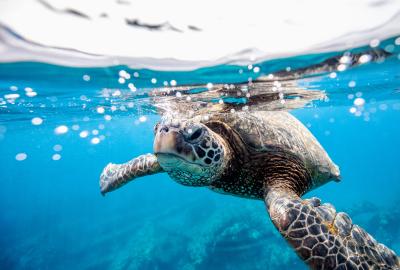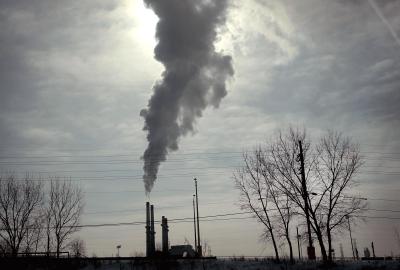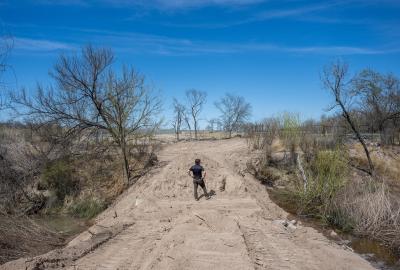Wind energy offers a lifeline for this Kansas rancher
The first electricity to reach the Ferrell ranch house in Beaumont, Kansas came not from wood or coal, but from the wind. Back in 1923, when Pete Ferrell’s great-grandfather built the homestead, he installed a Jacobs Windjammer direct-current turbine with a Delco glass battery to store its energy. The house was off-grid from the start.
“Renewable energy was just practical,” says Ferrell, whose 7,000-acre tallgrass prairie ranch has supported four generations of his family. “It always struck me as odd that it became political.”
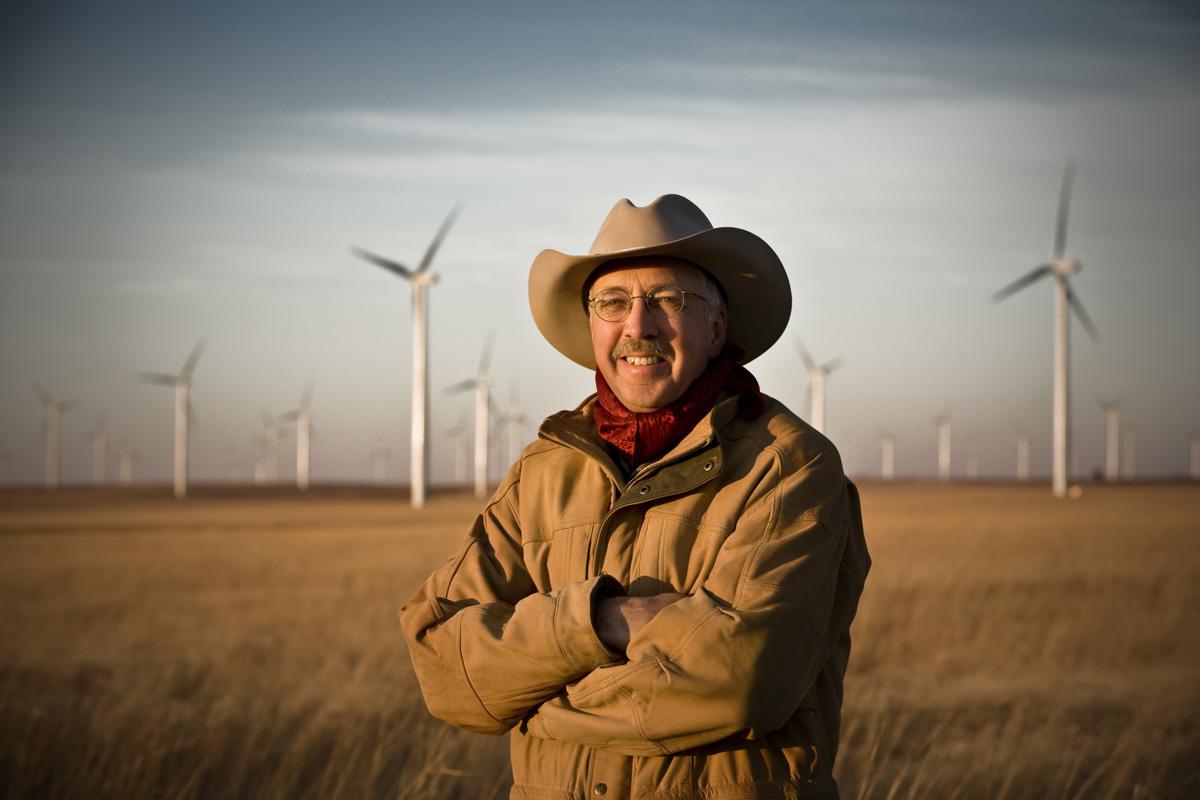
Today, Ferrell and his wife still live in that same house — although now, the turbines outside are considerably larger. Fifty of them — comprising half of Kansas’ pioneering Elk River Wind Project — stand on Ferrell’s land, spinning above a sea of grass and cattle.
In the two decades since the turbines were installed, the Elk River project has evolved into a quiet but powerful example of how clean energy can provide not just electricity, but security and survival in an increasingly uncertain rural economy.
When wind is your best cash crop
Ranching, like farming, is a volatile business. Prices rise and fall. Rain comes or it doesn’t. But the wind? The wind almost always blows in the Flint Hills of Kansas.
“The big scary word in agriculture is drought,” says Ferrell. “It adds a great deal of uncertainty to our lives. I tell people, “You know what is my best cash crop? It blows even during a drought.”
Since the Elk River project launched in 2005, about half of Ferrell’s income has come from wind royalties. That consistency has allowed him to keep his ranch intact and positioned to be passed down to the next generation.
“I have two grown children and four grandkids, and they love this place,” Ferrell says. “Because of the wind farm, they’ll be able to perpetuate it without financial burden.”
From hard no to wind advocate
Ferrell wasn’t always a clean-energy champion. When a Fortune 500 company approached him in the 1990s about leasing land for wind turbines, his gut reaction was “a pretty hard no.”
“I thought it would ruin the landscape,” he recalls. “But they were patient. They flew me out to Altamont Pass in California to talk with ranchers who had wind generators on their land. One of them said, ‘What turbines? We are still caring for our land as we always did.’ That’s what got through to me.”
Ferrell signed a 35-year lease. But the deal collapsed when the developer deemed the project uneconomical. So Ferrell took matters into his own hands and went shopping for a new partner. After attracting six offers, he signed with Greenlight Energy Resources, which built the project that now supplies enough energy to meet the annual needs of about 60,000 homes.
Since then, Ferrell has joined the board of Renewable Energy Farmers of America (REFA), a peer-to-peer network offering support and technical know-how to farmers and ranchers interested in leasing their land for solar or wind.
“I wish REFA had existed when I started,” Ferrell says. “There’s huge cultural pressure against the development of renewables. What we do is provide a kind of hand-holding process for people who, given the opportunity, would like to explore it.”
Environmental news that matters, straight to your inbox
When politics blocks wind energy, farms lose
Across the country, clean energy projects are running into headwinds at both the local and federal level. The Trump administration has repeatedly attacked wind power, rolled back renewable energy incentives and promoted climate-polluting fossil fuels instead.
According to a recent Columbia Law School report, more than 400 counties in 44 states adopted severe restrictions on renewable energy last year alone.
“What’s really unfortunate is that those bans can take away opportunities for farmers and ranchers to generate income from their own land,” says Nicholas Glover, who leads Environmental Defense Fund’s work to rapidly expand clean energy.
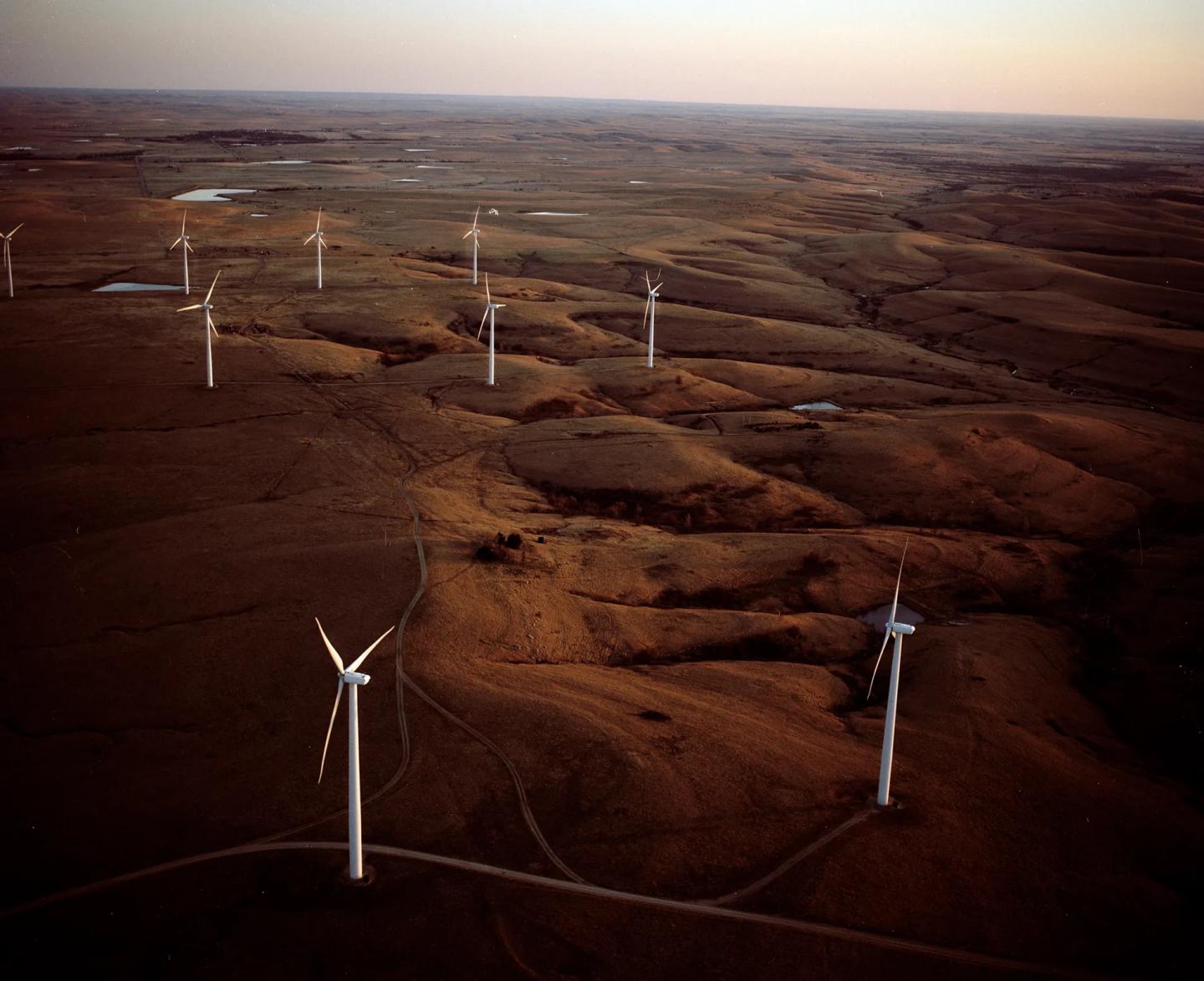
Glover points to research showing that wind projects can earn landowners upwards of $10,000 annually per turbine. And because projects often bring in tax revenue for roads and schools, entire communities can benefit. In O’Brien County, Iowa, for example, wind projects have boosted the local economy. Schools now enjoy stronger funding, property taxes have dropped and farmers are using the extra income to pay off debts, grow their operations and send their kids to college.
“It’s not just private income,” Glover says. “These projects can have an outsized impact in rural areas — places where there may not be a lot of economic engines.”
Still, Ferrell says, his experience has shown him that opposition can come from both sides. “The left called it a blight on the landscape. The right said I was taking government handouts. I had no friends,” he says with a laugh.
That opposition, he adds, often came with money attached — fossil fuel money. “Every dollar against us came from fossil fuel interests,” Ferrell says. “If I had billions in profits, I guess I’d be scared of something better coming along too.”
Wind myths don’t add up, but wind math does
Ferrell and his partners were concerned about their project’s impact on the greater prairie-chicken — a game bird whose populations have declined over the past century mainly due to habitat loss. So they monitored prairie chicken populations before and after construction.
“During construction, the numbers dropped,” Ferrell says, “but afterward they bounced right back.”
Critics often claim that wind turbines are harmful to wildlife, and birds in particular. In fact, wind turbines account for about 140,000 to 1.2 million bird deaths annually in the U.S. By comparison, free-roaming cats kill an estimated 1.3 to 4 billion birds and collisions with buildings take out hundreds of millions more — orders of magnitude more than turbines.
Notably, the National Audubon Society — founded to protect birds — supports wind power, maintaining that when turbines are properly sited to avoid key habitats and migration routes, they help birds by cutting climate pollution, the biggest long-term danger to avian life.
And then there’s the economic argument. Large-scale solar and land-based wind rank as the lowest-cost sources of new energy, even without subsidies. With U.S. electricity demand projected to grow 50% by 2050 — due in large part to the expansion of data centers and AI — low-cost new energy is a must, and wind and solar can provide it.
“Once you build the infrastructure, the fuel is free,” Ferrell says. “No digging, no drilling, no shipping. It just shows up.”
Wind energy profits help keep farms in the family
For many landowners, wind energy can mean the difference between selling off the family farm and passing it on.
“It’s incredibly hard for older ranchers to transfer their land to the next generation if they’re carrying debt,” Ferrell says. “For me, wind is the best insurance policy. It’ll help cover the debt for the rest of my days and beyond.”
Glover agrees. “Clean energy can be a lifeline,” he says. “And it should be a choice for private landowners.”
Ferrell is now helping others navigate that choice. “After the wind farm was built, my phone rang off the hook. Farmers and ranchers asking, ‘How’d you do it? Could we get one?’”
In the current political landscape, Ferrell says, ranchers are more reluctant to publicly embrace wind energy, despite its economic advantages. “But they say, quietly, ‘Wish I’d gotten a few turbines on my place.’”
Today the turbines still turn over the western half of Ferrell’s ranch. The cattle still graze, the prairie still breathes and the wind now pays part of the bills. The wind farm, he says, is a continuation of something his family started long ago, when a simple wind generator first lit up a house on a vast prairie.
“I learned early on that in my community there were certain ‘e-words’ you couldn’t use — environment, ecology,” he says. “So now when we talk about wind energy, we talk about economics. And that’s what’s going to win out in the end.”
